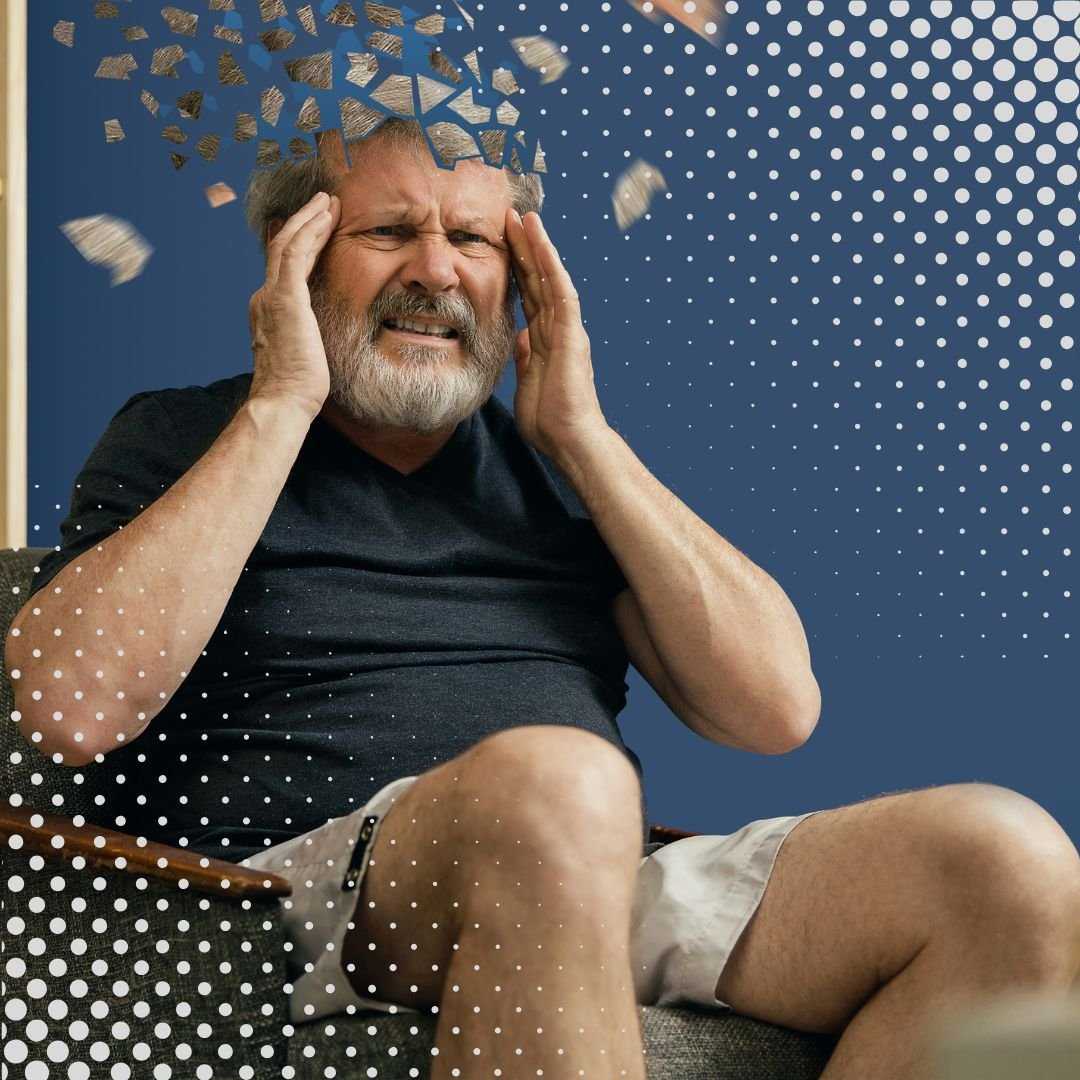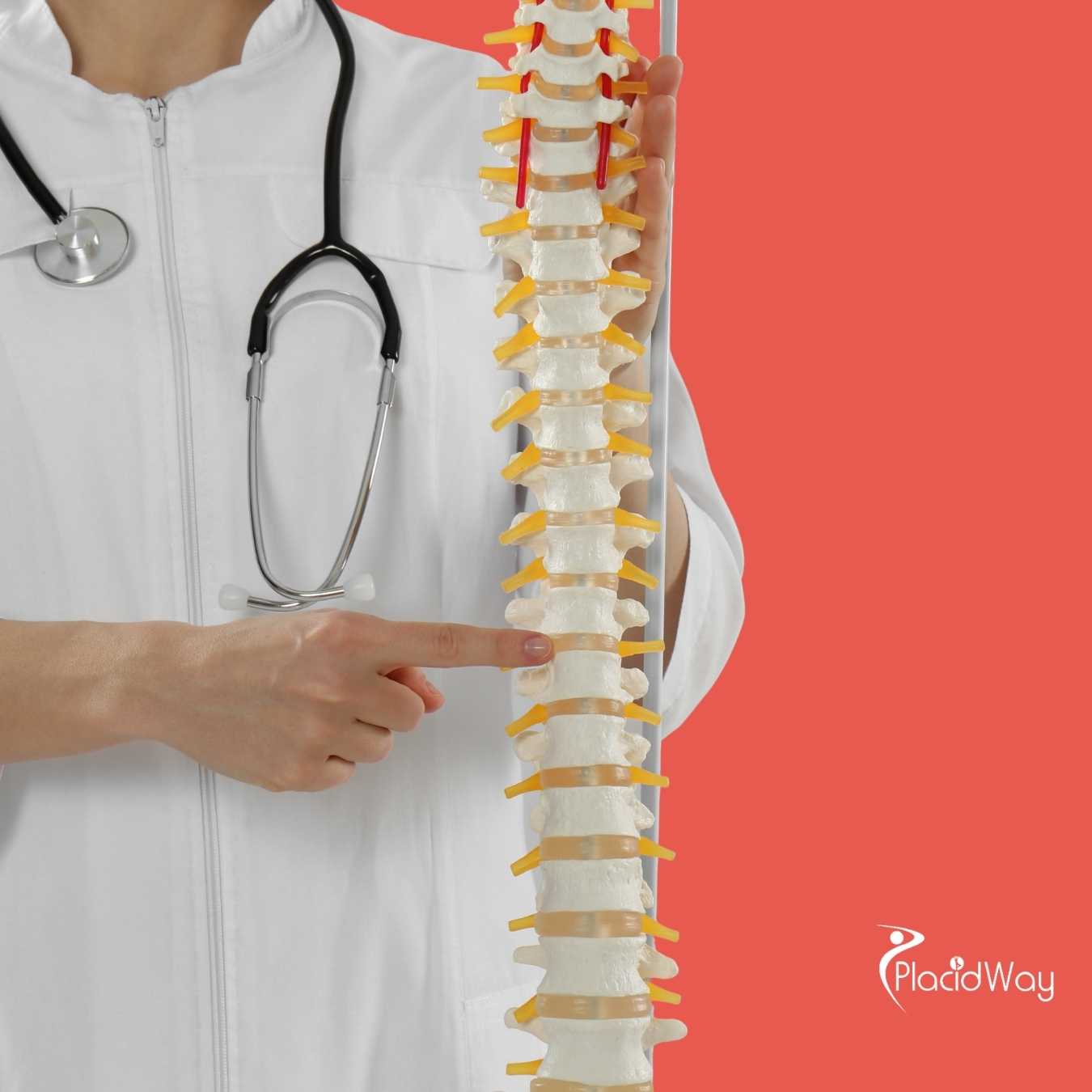Discover the Most Proven Treatment for Erectile Dysfunction
Dealing with erectile dysfunction (ED) can be a challenging experience, impacting a man's confidence and relationships. It's a common condition, affecting millions worldwide, but the good news is that there are many effective ED treatments available today. Understanding these options is the first step toward reclaiming your sexual health and improving your quality of life. Many people search for the single "best" or "most successful" treatment, but the truth is, what works best for one person might not be ideal for another due to varying causes and individual health profiles.
The journey to finding the most successful treatment for erectile dysfunction typically begins with an accurate diagnosis and a discussion with your doctor. From simple lifestyle adjustments to advanced medical interventions, the array of choices can seem daunting. However, by exploring each option and understanding its benefits and considerations, you can make an informed decision that leads to positive outcomes. This comprehensive guide aims to shed light on the various effective treatments for ED, helping you understand what might be the right path for you.
What is generally considered the most successful treatment for erectile dysfunction?
While there isn't a single "one-size-fits-all" answer to the most successful treatment for erectile dysfunction, a holistic and individualized strategy often yields the best results. For many men, the initial and often very effective step involves lifestyle changes, such as improving diet, increasing physical activity, and reducing stress. These foundational changes can significantly impact overall health and, consequently, erectile function.
Alongside lifestyle adjustments, oral medications known as PDE5 inhibitors (like sildenafil, tadalafil, vardenafil, and avanafil) are typically the first-line pharmaceutical treatment. These medications work by increasing blood flow to the penis, facilitating an erection when sexually stimulated. They have a high success rate for many men and are generally well-tolerated. For those who don't respond to oral medications or have specific medical conditions, other options like injections, vacuum erection devices, or even surgical solutions such as penile implants offer highly successful outcomes.
What are the common first-line oral medications for ED?
Oral medications, specifically PDE5 inhibitors, are the most common and effective initial pharmaceutical treatments for erectile dysfunction. These drugs revolutionized ED treatment and are highly successful for a large percentage of men. They function by relaxing the smooth muscles in the penis and increasing blood flow, which helps achieve and maintain an erection during sexual arousal.
Each PDE5 inhibitor has a slightly different onset of action and duration. For example, sildenafil (Viagra) typically works within 30-60 minutes and lasts for about 4-5 hours, while tadalafil (Cialis) can be effective for up to 36 hours, earning it the nickname "the weekend pill." Vardenafil and avanafil also offer reliable results with slightly different profiles. It's crucial to discuss your medical history with a doctor to determine the most appropriate medication, dosage, and to ensure there are no contraindications, especially if you have heart conditions or take nitrates.
Are there effective non-invasive treatments for erectile dysfunction?
Beyond oral medications, several non-invasive ED treatments can be highly effective. Lifestyle changes are often the first recommendation, as conditions like obesity, diabetes, and heart disease are significant risk factors for ED. Adopting a healthier diet, engaging in regular physical activity, quitting smoking, reducing alcohol intake, and managing stress can profoundly improve erectile function for many men.
Vacuum erection devices (VEDs) are another non-invasive option. These devices consist of a plastic cylinder placed over the penis, creating a vacuum that draws blood into the penis, resulting in an erection. A constriction ring is then placed at the base of the penis to maintain the erection for up to 30 minutes. VEDs are a safe and effective option for many and can be used by individuals who cannot take oral medications. Additionally, some clinics offer low-intensity extracorporeal shockwave therapy (LI-ESWT), a non-invasive procedure that aims to improve blood flow by stimulating the growth of new blood vessels in the penis, though its long-term efficacy is still being studied.
When are penile injections or vacuum erection devices recommended for ED?
For men who find oral medications for erectile dysfunction ineffective, or who cannot take them due to health reasons or side effects, penile injections and vacuum erection devices (VEDs) become important next-step treatments. Penile injections, typically involving alprostadil, work by directly relaxing the smooth muscle tissue in the penis, allowing blood to flow in and create an erection. This method is highly effective, with success rates often exceeding 80%, and the erection usually occurs within 5-20 minutes and lasts for about 30-60 minutes.
Vacuum erection devices are an external, mechanical solution. As explained before, they draw blood into the penis to create rigidity. Both penile injections and VEDs require some instruction and practice to use correctly and safely. While they might seem intimidating at first, many men find them to be reliable and satisfactory ED solutions, providing control over when and how they achieve an erection. Your doctor will provide detailed guidance on proper usage and potential side effects.
What role do penile implants play in treating severe ED?
For men with severe or refractory erectile dysfunction who have not found success with other conservative treatments, penile implants represent a highly effective and permanent solution. This surgical procedure involves placing inflatable or malleable rods into the penis. Inflatable implants, which are the most common type, consist of cylinders placed inside the penis, a pump in the scrotum, and a fluid reservoir usually placed in the abdomen. Squeezing the pump inflates the cylinders, creating an erection, and a release valve deflates them.
Malleable implants consist of bendable rods that allow the penis to be manually positioned for intercourse. Both types of penile implants have very high satisfaction rates among patients and their partners, often exceeding 90%. They offer a reliable and discreet way to restore erectile function, allowing for spontaneous sexual activity. As with any surgery, there are risks, but the procedure is generally safe, and the results can significantly improve a man's quality of life and intimacy.
Can lifestyle modifications significantly improve erectile dysfunction?
Absolutely, lifestyle modifications are often the cornerstone of erectile dysfunction treatment and can lead to significant improvements, sometimes even resolving ED entirely, especially in milder cases. Many risk factors for ED are related to overall health and daily habits. For instance, obesity can impact hormone levels and vascular health, while a sedentary lifestyle contributes to poor circulation.
Key lifestyle changes include:
- Healthy Diet: Adopting a diet rich in fruits, vegetables, whole grains, and lean proteins, while limiting processed foods, can improve cardiovascular health and blood flow.
- Regular Exercise: Engaging in aerobic exercise (like brisk walking, jogging, swimming) and strength training can improve circulation, reduce stress, and boost testosterone levels.
- Weight Management: Losing excess weight, particularly around the waistline, can significantly improve erectile function by enhancing vascular health and hormone balance.
- Quitting Smoking: Smoking severely damages blood vessels, impairing blood flow to the penis. Quitting can reverse some of this damage.
- Limiting Alcohol: Excessive alcohol consumption can temporarily impair erections and contribute to long-term ED.
- Stress Reduction: Chronic stress, anxiety, and depression are major psychological contributors to ED. Techniques like meditation, yoga, or therapy can be beneficial.
Implementing these changes not only helps with ED but also improves overall well-being.
What are the potential side effects of ED treatments?
While ED treatments are generally safe and effective, it's important to be aware of potential side effects:
- Oral Medications (PDE5 inhibitors): Common side effects include headache, flushing, upset stomach, nasal congestion, and temporary vision changes. Rarely, a prolonged erection (priapism) can occur, requiring immediate medical attention. They are contraindicated with nitrates and certain alpha-blockers.
- Penile Injections (Alprostadil): Side effects can include pain at the injection site, bruising, fibrosis (scar tissue) in the penis, and, rarely, priapism.
- Vacuum Erection Devices: Potential issues include numbness, bruising, pain, and a cold sensation in the penis. The constriction ring should not be left on for more than 30 minutes.
- Penile Implants: As a surgical procedure, risks include infection, mechanical failure of the device, pain, and very rarely, erosion of the implant. However, serious complications are uncommon.
A thorough discussion with your doctor about your medical history and specific health conditions will help you understand and manage these risks effectively.
Can medical tourism offer cost-effective solutions for advanced ED treatments?
For individuals considering advanced ED treatments like penile implants, where costs can be substantial in their home country, medical tourism has emerged as a viable and attractive option. Many countries, particularly in regions like Turkey, India, Thailand, and Mexico, have developed world-class medical facilities with highly skilled surgeons and state-of-the-art technology, offering these complex procedures at considerably lower prices.
The cost difference can be dramatic, often saving patients 50% or more compared to prices in the United States or Western Europe. These savings are primarily due to lower operational costs, wages, and insurance expenses in these countries. Patients seeking these treatments abroad can access high-quality care without compromising on safety or expertise. This allows more individuals to afford potentially life-changing ED solutions that might otherwise be financially out of reach.
What factors should I consider when seeking erectile dysfunction treatment abroad?
Deciding to pursue erectile dysfunction treatment abroad requires careful consideration of several important factors to ensure a positive and safe experience.
- Accreditation and Standards: Look for clinics that are internationally accredited (e.g., JCI - Joint Commission International) or those that adhere to recognized international healthcare standards. This indicates a commitment to quality and patient safety.
- Surgeon's Expertise: Research the qualifications, experience, and specialization of the urological surgeon. Ensure they have a strong track record specifically in performing the ED procedure you are seeking, such as penile implant surgery.
- Comprehensive Costs: Understand what is included in the treatment package. This should cover not just the surgery, but also consultations, diagnostics, hospital stay, medications, and follow-up care. Be aware of any hidden fees.
- Post-operative Care: Inquire about the post-operative care plan, including how long you'll need to stay for recovery, follow-up appointments, and how potential complications would be managed once you return home.
- Communication: Language barriers can be a significant challenge. Ensure the medical staff, especially your surgeon and nurses, can communicate effectively in English or a language you understand.
- Travel Logistics: Consider visa requirements, travel time, accommodation for your recovery period, and the overall logistics of your trip.
Thorough research and planning are vital for a successful medical tourism experience for erectile dysfunction treatment.
How can I choose the right clinic for ED treatment, especially if considering medical tourism?
Choosing the right clinic, whether at home or abroad, is a critical step in addressing erectile dysfunction. For those exploring medical tourism, this choice becomes even more important. Start by looking for clinics or hospitals that specialize in urology and men's health. Reputation is key, so seek out institutions with a strong track record of successful outcomes in ED treatments.
When evaluating clinics, especially internationally, consider the following:
- International Accreditations: As mentioned, accreditations like JCI are strong indicators of quality and safety.
- Specialist Expertise: Verify the qualifications and experience of the urologists and surgeons. How many penile implant procedures have they performed? What are their success rates?
- Technology and Facilities: Ensure the clinic uses modern equipment and adheres to high standards of hygiene and patient care.
- Patient Testimonials and Reviews: Look for reviews from previous patients, particularly those who have undergone similar ED treatments.
- Transparency in Pricing: Obtain a detailed, all-inclusive quote to avoid unexpected costs.
- Customer Service and Support: Assess how responsive and helpful the clinic's international patient coordinators are. Good communication before, during, and after your visit is crucial.
- Follow-up Care Plan: Understand what kind of support you will receive once you return home.
A reputable medical tourism facilitator can also provide invaluable assistance in navigating these choices and connecting you with trusted providers for your erectile dysfunction treatment.
Ready to explore your options for successful erectile dysfunction treatment? Visit PlacidWay to connect with leading clinics and specialists worldwide and find personalized solutions for your sexual health needs.

.png)

.png)









Share this listing